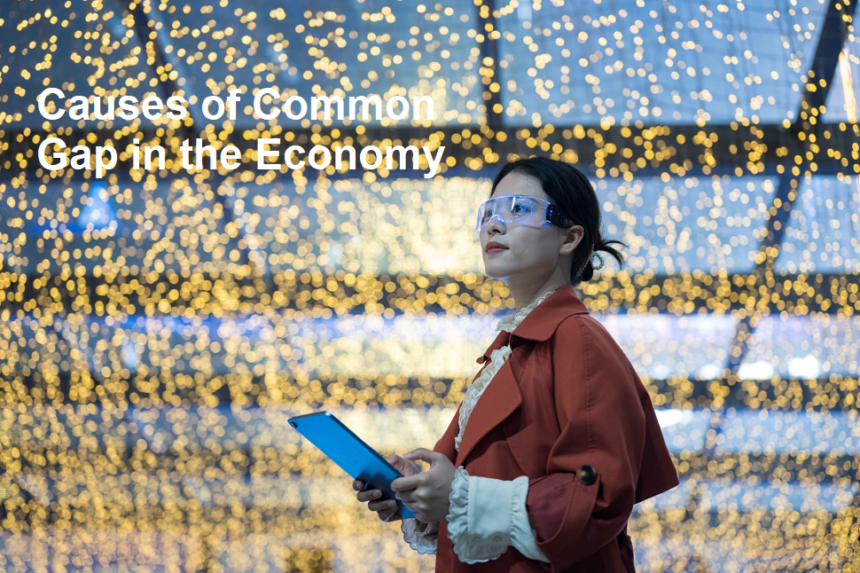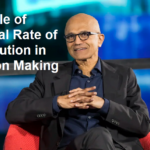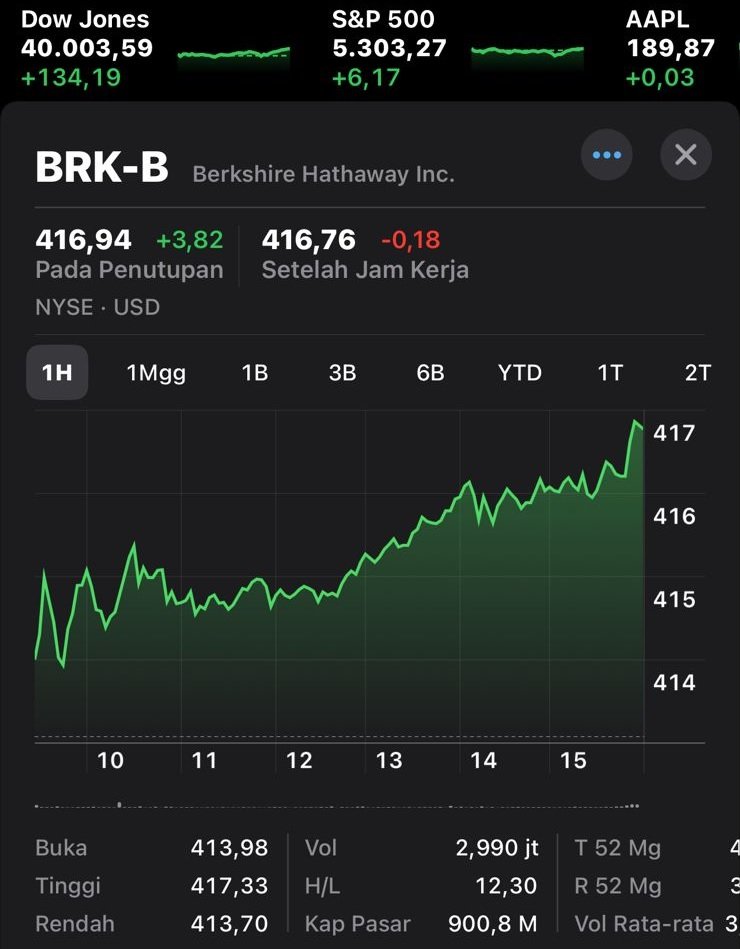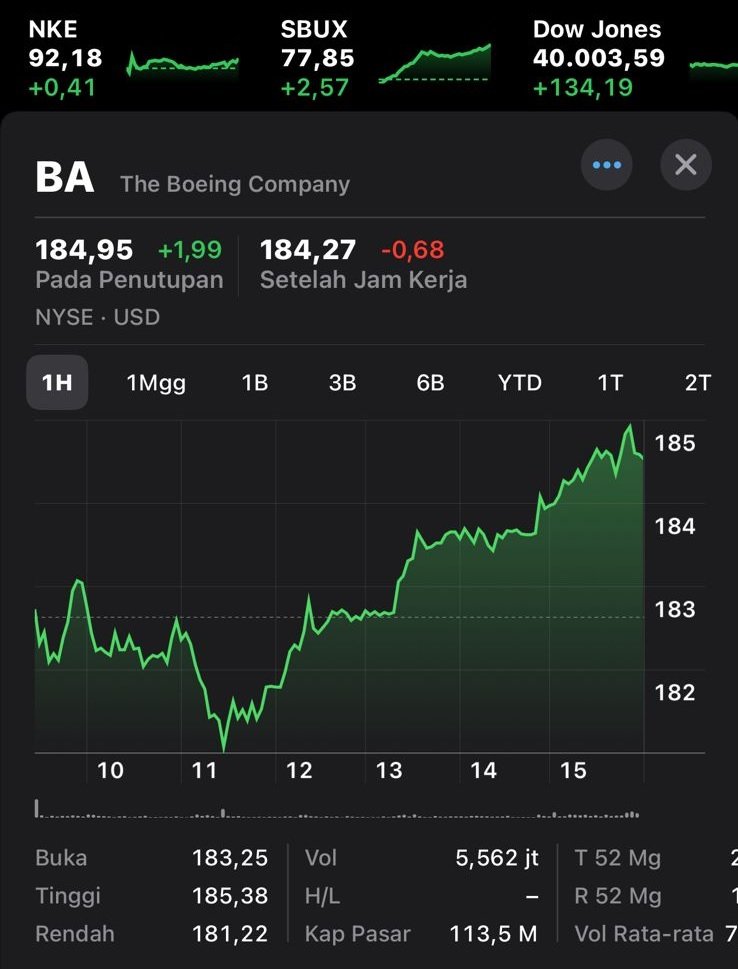Introduction to the Common Gap Concept in the Economy.
In today’s modern economic world, economic inequality is becoming increasingly common. This general gap refers to the gap that exists between different groups in the economy, such as income, wealth and opportunities. One of the common gaps in the economies of various countries, including ours, is the wealth gap, which refers to the unequal distribution of wealth between individuals and households.
Common gaps can manifest in various forms, each of which has unique characteristics and implications. One of the most prominent types of inequality (common gap) is the income gap. Income inequality is a situation of differences in income levels between individuals or between groups in a society. This gap often arises due to other factors causing it, such as gaps in education levels, skill levels, and access to job opportunities.
Another type of common gap is the education gap, which is related to differences in educational attainment between individuals in society. This educational gap can have a major impact on a person’s socio-economic status and their ability to access higher paying jobs, so this educational gap is at the root of the income gap.
Apart from that, the gender gap is another significant form of inequality that occurs in the economy. Historically, women are the group most affected by this gender gap, because they face obstacles such as discrimination, wages that are not equal to men, and limited opportunities to advance their careers.
In the current era of the internet and information, there is another important common gap, namely the digital divide. This digital divide is inequality in access to digital technology and the internet, which can prevent individuals from fully participating in the digital economy which is the backbone of today’s economy.
Causes of Common Gap in the Economy.
Common gaps in the economy are the result and impact of many factors, these factors interact and strengthen each other. One of the main causes of the common gap is systemic inequality. Socioeconomic disadvantages passed down from generation to generation, such as limited access to quality education or health services, can perpetuate these systemic inequalities, making them difficult to eliminate.
Discrimination also plays an important role in creating and perpetuating common gaps in the economy. Discrimination based on race, gender, or other factors can limit opportunities for certain individuals or groups, thereby further exacerbating existing inequalities in a society.
Another cause is the unequal distribution of resources within a region. Limited access to capital, credit, and investment opportunities can hinder the ability of certain individuals or communities to generate wealth and improve their economic status in the economy.
Globalization and technological advances also contribute to the general gap that exists in the economy. While these factors of globalization can bring many benefits, they also lead to job losses, especially among low-skilled workers, thereby widening the gap between those who are able to adapt to globalization and thrive in the new economy and those who cannot.
The Impact of Common Gap on Various Stakeholders.
Common gaps that occur in the economy have a broad impact on various stakeholders, including individuals, communities and society in general. At the individual level, this gap can have a major impact on the quality of life of a person or individuals.
Limited access to resources and economic opportunities can hinder upward mobility, trapping individuals in cycles of acute poverty and resulting in low social mobility. This condition can cause increasing social and economic disparities, thus perpetuating these disparities from current to future generations.
Society also bears the greatest burden from the existing common gap. Widening gaps in income and wealth can cause increased unrest in social groups which can lead to social instability. Unequal access to quality education and health services in society can further exacerbate inequalities in society, resulting in negative social impacts.
Apart from that, a common gap in the economy can have a negative impact on the people of a region in general. This can hinder the economic growth and development of the region/country, because resources and talents are not utilized optimally. In addition, these gaps can erode social cohesion and trust, thereby creating divisions in society that become obstacles to collective progress.













